Ancient Trackways: Rainforest Peoples
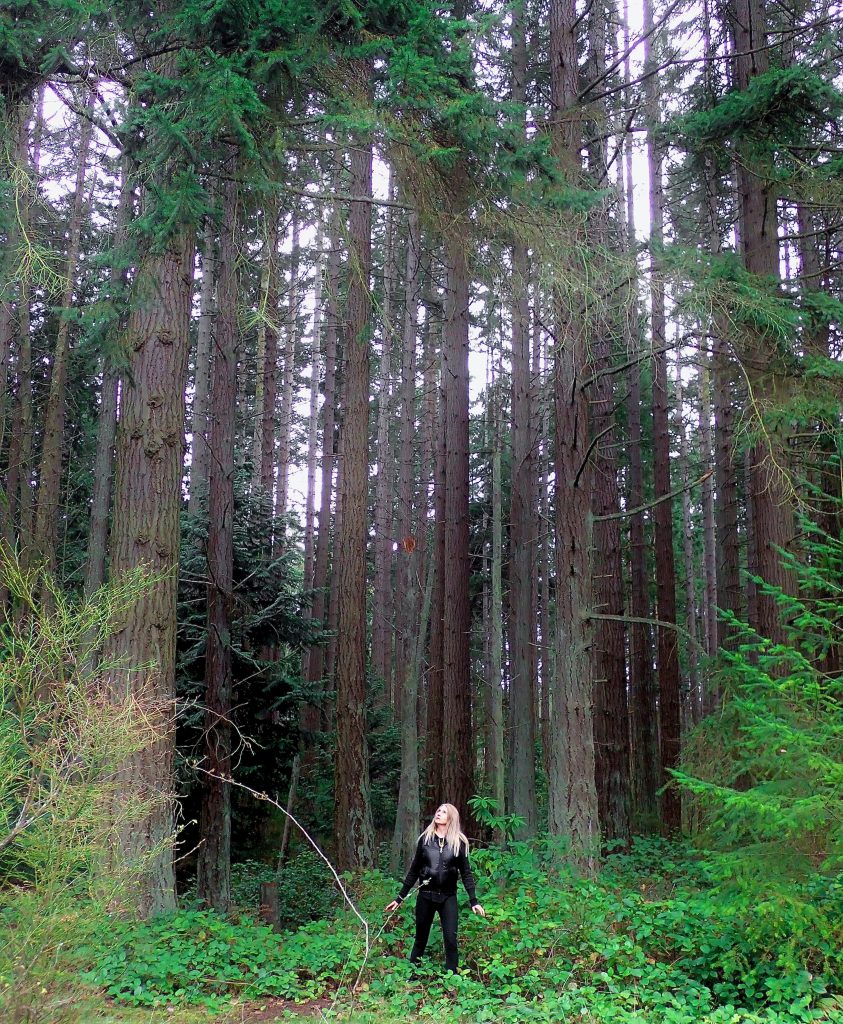
This is the third instalment in my journey to trace my ancient trackways. I share my journey as I explore the wild scapes that have shaped who I am and have left traces in my DNA memory. I hope to uncover the ancestral trackways that have led me from the ancient rainforests of Northern Europe to the northern rainforests of my home in Southern British Columbia.
I am a kindred spirit of Earth’s “Wild Childs”— those who feel the call of the wild—a deep connectedness to the natural landscapes that we call home.
I have just begun to uncovered the truth of my ancestors, the “Harts”—whose pre-Canadian history is a mystery.
DNA Diving Paid Off!
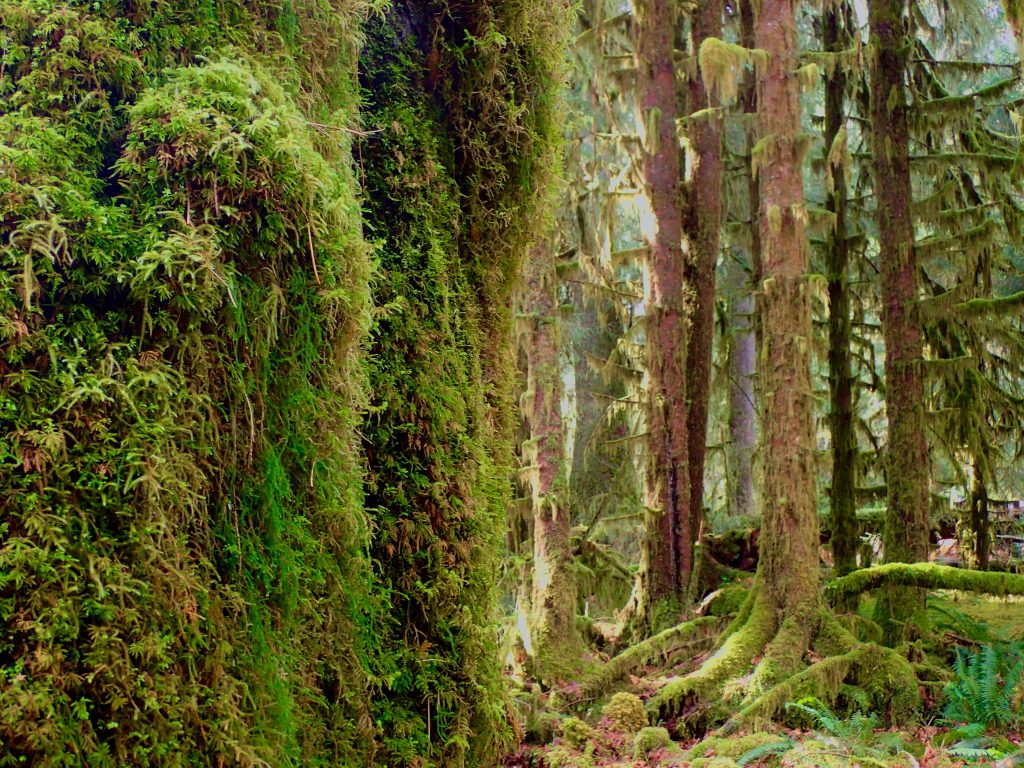
My DNA test results confirm that I am of Northern European ancestry: Irish, Scandinavian, Finnish, and Baltic-Slavic descent. The Harts are truly Irish!
It’s not surprising that my European ancestors immigrated to Canada, ” the true north strong and free…” My DNA is designed for cold: my Paternal DNA haplogroup comes from ancient Ireland and my maternal DNA haplogroup hails from Finland and North West Siberia. My peoples inhabited the Northern Hemisphere for millenia. My ancestors come from the Northern Temperate Rainforests, Northern Boreal Forests, and the Western Arctic of Europe. I have Irish and Viking DNA—peoples of the rainforest and sea—we get around.
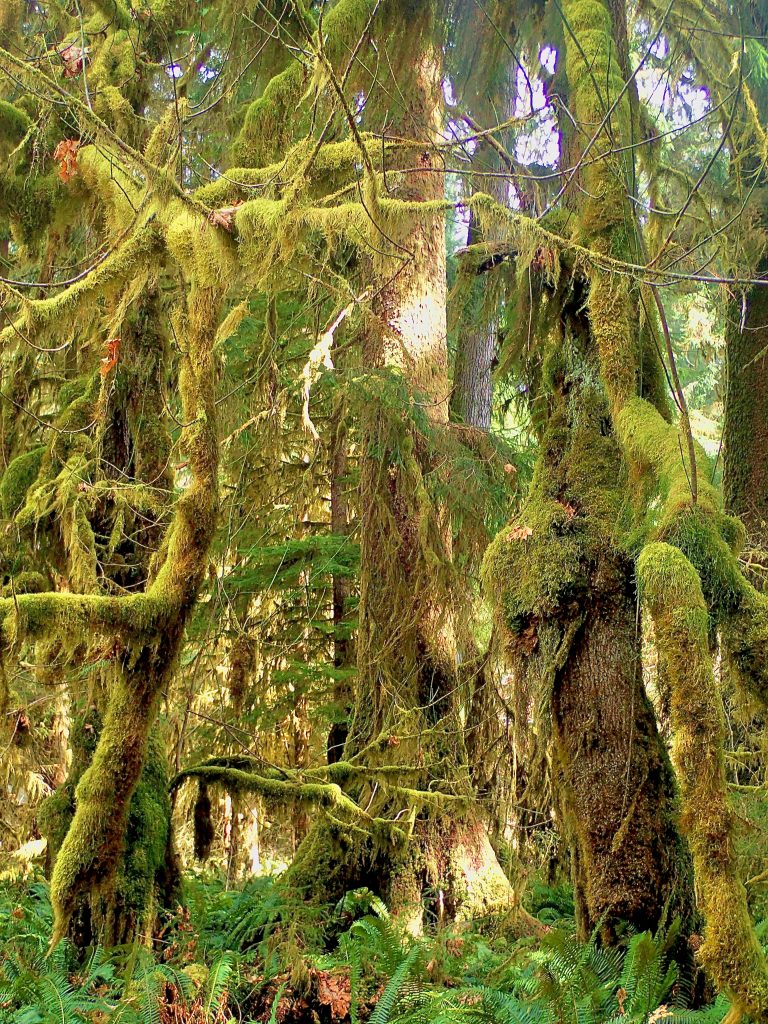
I hold dear that I am of the Gael’s (forest peoples).
It is with great excitement that I’ve learned that Ireland was once covered in Northern Temperate Rainforest! My ancestors lived in the ancient Irish and Norse Northern Temperate Rainforests for millennia. However, the term “Irish” is modern and English. The “Irish” are Gaels. Gaeilge, is the language of the Gaels. Gael means “forest people.”
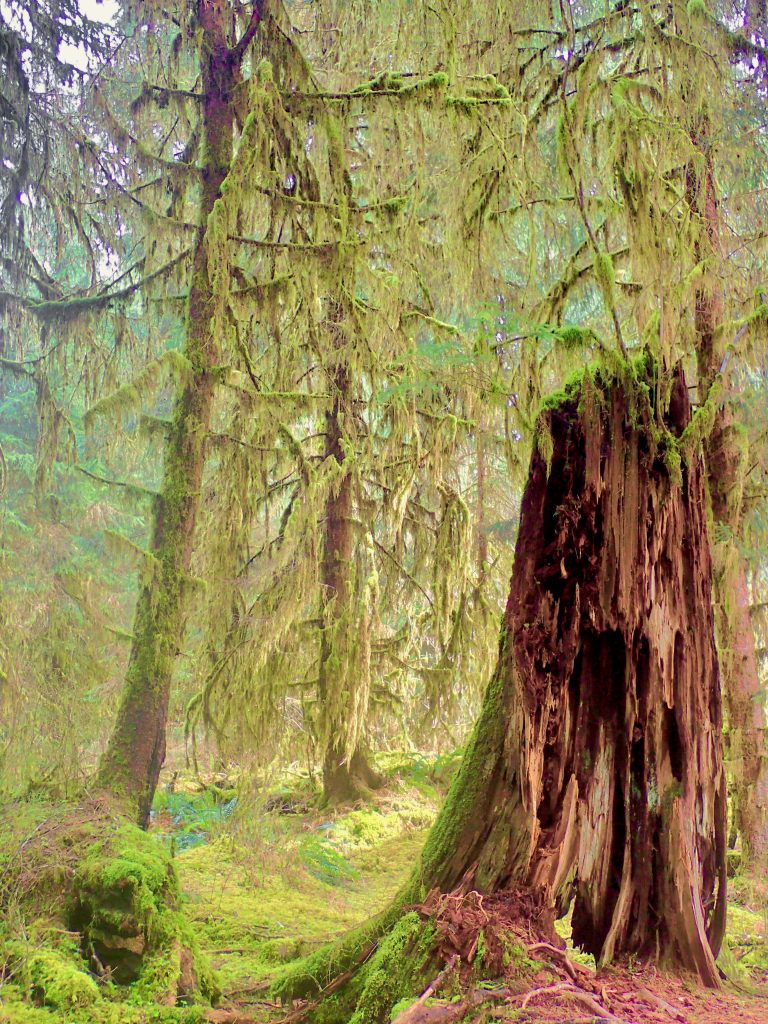
Who were the the Harts of Gael and why did they leave?
I dig deeper, looking into my ancestral name for clues: Hart. I’ve discovered that there are relatively few Harts left in Ireland, compared to many other popular Irish surnames.
This I discovered, is the result of a mass “Hart” exodus from Ireland—the majority of the Harts fled during the brutal colonization of Ireland by the British during the seventeenth-nineteenth centuries.
This realization has opened a deep ancestral wound, a centuries-old trauma regarding the disturbing truth about how and why my Hart ancestors’ Irish history has been erased.
It will take me many posts to reveal the many atrocities committed against my ancestors by the British colonizers. In brief, the Harts were forcibly removed from their ancestral lands not once, but twice, by British colonizers. The Hart lands and possessions were stollen and they were forced to leave Tara, County Meath, for County Sligo, during the Norman invasion led by Henry I of England (12 C):
7. 0h-Airt, now Hart. After the English invasion this family was
banished from Tara, and settled in the barony of Carbury, in the county of Sligo.
-John O’Duhagain, Topographical Poems, Tribes of Meath, 1300s, p.217
Then, during the English colonization led by Oliver Cromwell (17th-19th C), the Hart’s “new” County Sligo properties were stollen, and they were imprisoned in Connacht
The years in Connacht were brutal.
However, I will leave the trauma for now, and start at the very beginning of Hart time, celebrating the wonder of who my people are: the Harts of Gael.
The story of the Irish Harts is as beautiful and magical
as you’d expect an Ancient Irish story to be.
I start with the very first Hart to ever be recorded as existing in Ireland. From there, the story will flow forward towards present day.
Importantly, the name “Hart” is an anglicized version of O’hAirt. We were the O’hAirts of Ireland prior to British colonization. I also have maternal grandparents with partial Irish ancestry: Dooley (O’Dubhlaoich), and Rowan (O’Ruadhain) are their Irish surnames.
My surname name is Hart, passed to me from my father, John Hart, and his father, Edward Hart (O’ hAirt). My paternal Irish great grandparents spoke Irish.
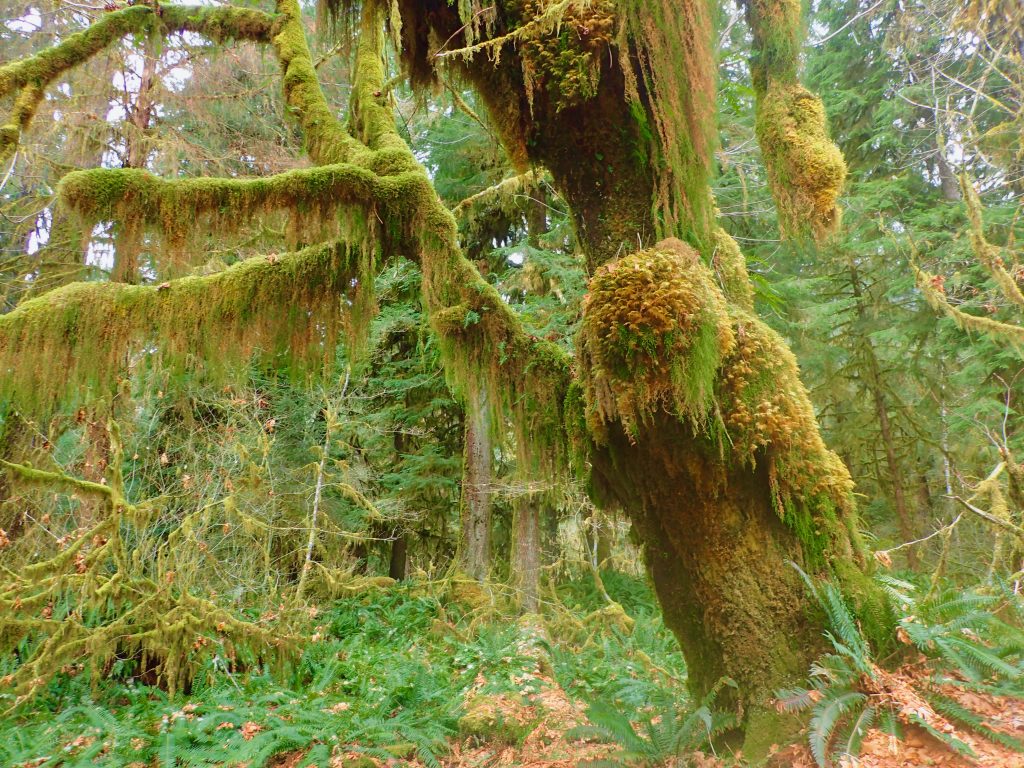
I’ve discovered that the Harts of Ireland are ancient.
They are of the first peoples to live on the island of Ireland. My paternal halogroup (via my father’s Y DNA analysis) comes from ancient Ireland. There is even the possibly that my father’s Y halo group is linked to the pre-Celtic early Irish hunter-gather society, who left evidence of their existence in Ireland as early as 11,000 BC, as recent evidence suggest that it is likely that the ancient hunter gatherers intermingled with the Celtic farmers who arrived in Ireland in approximately 500 BC.
The O’hAirts created an eloquent story of their lives in Ireland-—woven through centuries in the mediums of ancient Irish oral story, Ogham script, ancient poetry, genealogical records, and historical documents.
The oldest Hart ancestor is recorded as: Cormac Mac Airt, High King of Ireland—Wolf King—whose reign is recorded as occurring during the 3rd-4th C AD.
The O ‘hAirt family are the descendants of “Airt” (Cormac Mac Airt).
The Harts (O’hAirt) of Ireland belong to the Southern Ui Neill Dynasty, specifically, the Bear clan.
Amazingly, my father’s Y DNA reveals that he shares a paternal ancestor with the 4th Century High King of Ireland, Naill of the Nine Hostages (of the Southern Ui Neill Dynasty). It just so happens that in the ancient genealogical records of High Kings of Ireland, Naill of the Nine Hostages is listed as the great-great-great-great grandson of Corman Mac Airt.
Both Naill and Corman Mac Airt were High Kings of Tara, Ireland (within the 3rd and 4th centuries ). Tara resides in what is now County Meath though, it was once called O’hAirt County in the ancient time of Irish high kings.
Irish poet and historian: John O’Duhagain, wrote “Topographical Poems” in the 1300s. The poem records the vanishing ancient Irish life and the royal Irish dynasties as they existed prior to the arrival of King Henry I (the Normans). The poem mentions the Harts as noble and of the Royal Court of Tara.
Here we begin with Teamhair-
Before [any seat of] the race of Gaedhil of merry voice,
To their tribes, to their princes,
And to their legitimate good chieftains.
Let us not make mention of Meath alone,
O’Maeileachlainn, it is not unjust,
The fierce tribe in remunerating the septs,
Chief kings of noble Erin.
The chieftains of Teamhair, where we are,
O hAirt the noble, and O’Riagain,
A host which united the harbours,
O’Ceallaigh,’O’Conghalaigh.”
- John O’Duhagain, The Topographical Poems of John O’Dubhagain & Giolla Na Naomh O’Huidhrin, Tribes of Meath, 1300s, p.83, edited in the original Irish, from Mss. In the Library of the Royal Irish Academy, Dublin; with translation, notes, and introductory dissertations by John O’Donovan, LLD., M.R.I.A.
My ancestral trackways are calling me from across the Atlantic. I will go to the land of the O’ hAirts and connect with my “forest peoples” and experience what remains of the ancient Irish Northern Temperate Rainforest…onward!

*A snippet from O’Duhagain’s translated original transcript is below:
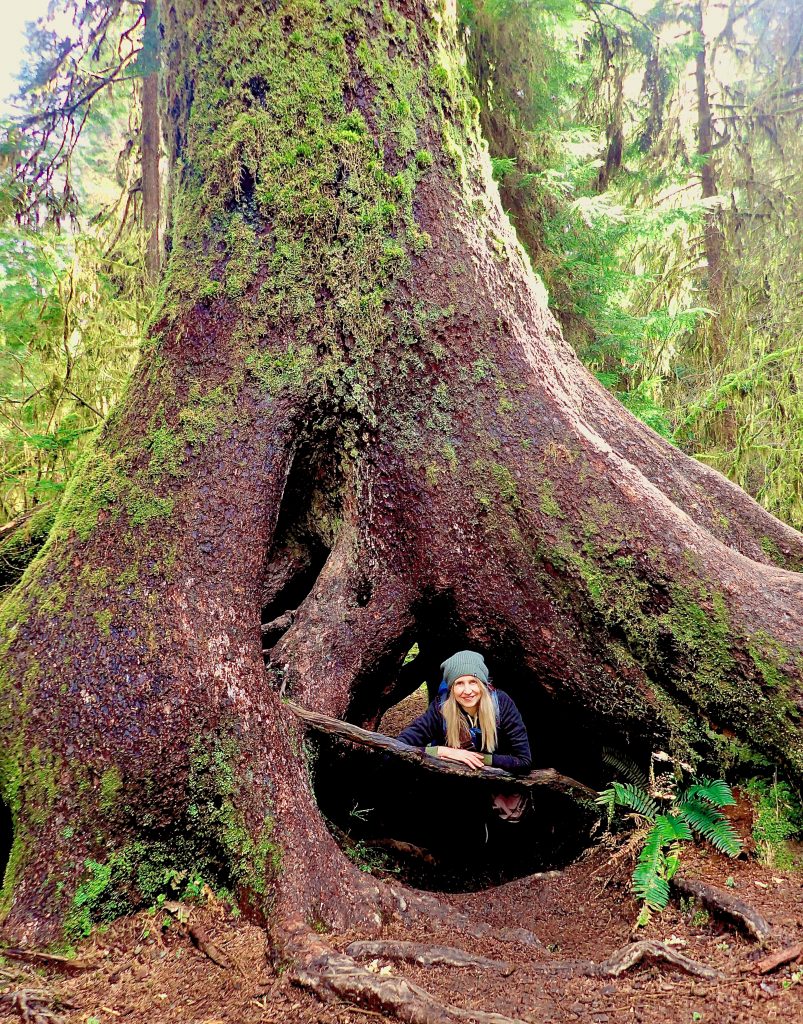


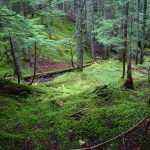
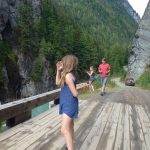
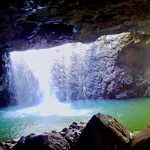

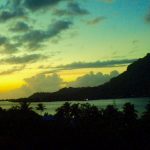

Margaret Krows
Melissa, your scholarly research is impressive. It will be wonderful to learn more details of Richard Hart’s ancestry. In one response on Facebook you asked if I was sure that John was born in England. My notes do not say he was born in England, only that he came from England. That certainly leaves room for a multitude of scenarios. There was never any mention by my mother or her half brother, Tom Cauley, of Richard and Margaret speaking Irish. Since their mother, Catherine Hart, was one of the older Hart children, that surely would have been something they knew personally and yet didn’t mention it. Since they were proud of their Irish background, it would be unlikely that they would shun their native language as “Old World” which was common with immigrants. Of course, sometimes younger children get additional information from their parents than older siblings. Just a curious observation…
Where in BC do you live? We cruise in BC on our boat and will be going to Desolation Sound in a couple of weeks. It is such a glorious place.
Best regards,
Margaret
mixhart
Hi Margret, Thank you for the feedback. We live In Kelowna. Sadly, our mountain is currently on fire and we’ve been evacuated Thankfully, my sister has taken us in while we wait for news. Desolation Sound is amazing–and by boat, wow! What a wonderful trip for you! Yes, for sure, Richard & Margret would have no doubt spoken English in Canada. Sadly, the sentiment was very racist against Irish at the time.